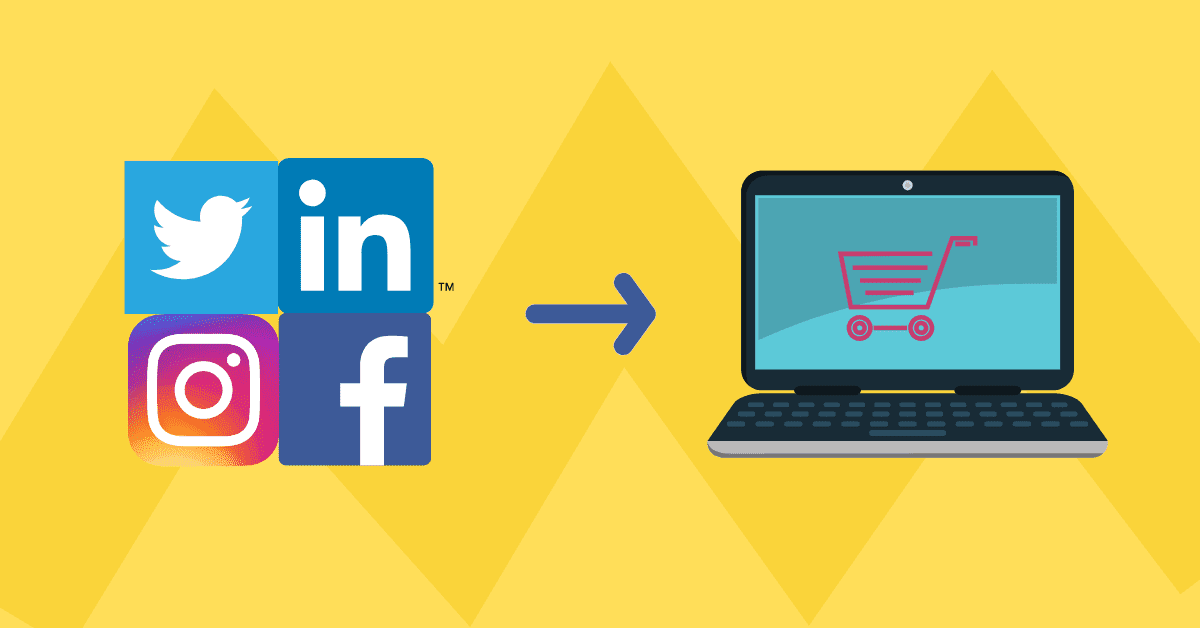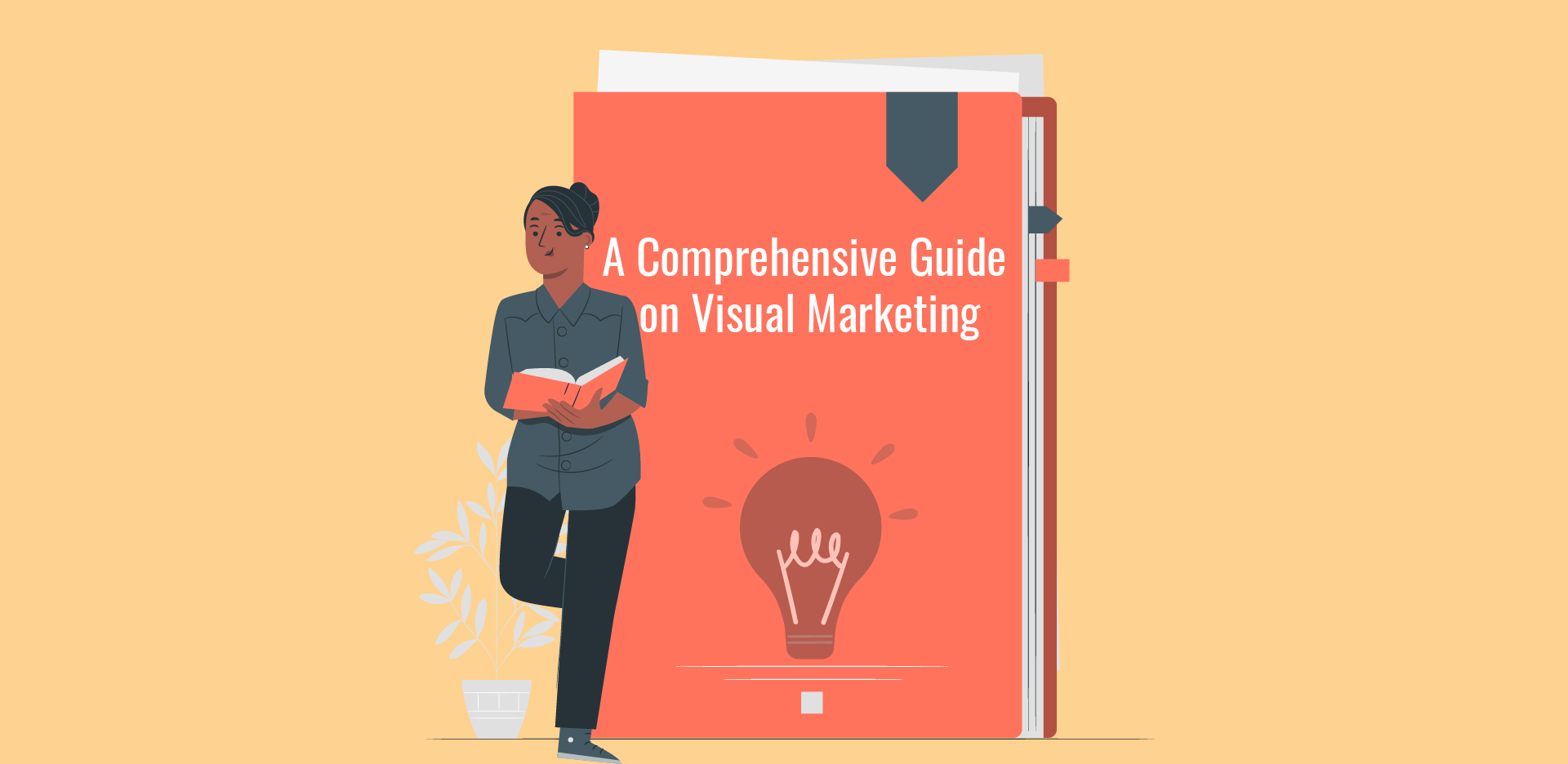
Follow these tips to optimize your content in social media. Here are the most effective strategies for optimizing your content. These strategies could help you rank higher among search results. You might be surprised at what you discover! You might be surprised at what you discover! Continue reading to learn the best strategies to increase your social media algorithms.
Optimize social media content
How can you optimize social media content? While social algorithms may seem like a roadblock, they are vital to the success and growth of any online content marketing campaign. These algorithms sort, categorize and deliver content that users want to see. The challenge is balancing what users want and what algorithms want. Here are some tips to help you create the most engaging content on social media platforms. Asking questions can be a great way to get people to share your content on social media.
Eliminate any clickbait or spammy language
Facebook has increased its focus on clickbait headlines and announced that it will stop prioritizing posts with misleading language. Facebook has made recent changes to its algorithm to align it better with its News Feed Values. This update will also impact advertisers. Because Facebook cannot manually check every headline, it uses an algorithm to identify the key words and phrases used in clickbait posts.

Cross-post your content across networks
The first step in cross-posting your content across different networks is scheduling the content. Schedule your posts to go live at the best time for each audience. This is made easy by using a scheduling program like Statusbrew Reports Lab. Schedule your posts in advance and use the tool to automate the process. This will allow you to post when it is most effective for engagement and viewing.
Create Facebook groups
If you're a company, you may not have yet discovered the best way for you to connect with your customers via Facebook. Facebook's algorithm actually reduces the quality of content posted on company page pages. Instead, it prioritizes content within groups. Groups can be opted into by people voluntarily, not unlike company pages. Facebook groups encourage discussion and build community. Brands may use group to reach potential customers and customers.
Create Instagram Stories
There are several ways to create an Instagram Story, but the best strategy is to post content that encourages engagement. You can use Instagram's Mention stickers to thank industry leaders or users who share user-generated content (UGC). Instagram will reward you for sharing your story with more people when it receives a lot of engagement. Here are some strategies for creating an Instagram Story that receives more engagement and followers.

FAQ
Why is content so important
Digital marketing campaigns are dominated by content. To attract new customers, you must create value-added content. This is best done through blogging. Blogs help you establish authority in your niche and make you more trustworthy. This trustworthiness gives you credibility, which leads to higher search engine rankings. Ranking high means you receive organic traffic.
How long does it take to get started in content marketing?
It all depends on your business size. It is more difficult for smaller businesses to invest in content marketing right away. However, it can pay off big-time if you're willing to put in some time.
Are you looking for content marketing that can be done by one person or a group?
Your ability to pay for it, your skill set and your experience are all factors that will impact the answer. You won't be able to hire someone to manage the content creation, distribution and optimization tasks on a daily basis if you don’t have the funds.
A support system is essential if you want to be successful in content marketing.
A good content strategist or agency can save you time and money while helping you get results faster.
If you don't work hard, deliver quality content consistently and keep up to date with the latest trends, you won't be able to succeed. A solid content strategy is crucial.
Is content-marketing easy to measure?
Yes! Measuring results is part of the process. This allows you to evaluate whether your efforts were successful, and if you need changes.
It's possible to track how many visitors came through different sources--including email, social, and paid ads, as well as track conversions such sales leads and purchase orders.
These metrics allow you to see which content is performing well and where your greatest opportunities are.
How can I measure success when using content marketing?
There are many ways that you can measure your content marketing effectiveness. One method is to count the number of people who visit your website. The other is to see how many leads you generate.
Statistics
- Measure your goals with a progress indicator of 0-100%. Make your goals collaborative and transparent (semrush.com)
- To further show the importance of this, 89% of people have stopped doing business with a company because of a poor experience. (neilpatel.com)
- Companies that use content marketing see approximately 30% higher growth rates than businesses not using it. (mailchimp.com)
- Forty-seven percent of buyers view 3 to 5 pieces of content before engaging with a sales representative. (mailchimp.com)
- According to our research, 65% of companies with very successful content marketing in 2021 ran content audits at least twice a year. (semrush.com)
- This marketing strategy landed Ford a 15.4% conversion rate. (neilpatel.com)
- Progress indicators (0–100%) allow each team member to see how attainable each goal is and understand what remains to be accomplished. (semrush.com)
- An example of an overarching goal could be: "In 2022, we want to achieve a 20% increase in revenue created by organic content and generate 15,000 MQLs with a budget of $30,000." (semrush.com)
External Links
How To
Content Marketing Tips: Infographic Creation Tips
Infographics are a powerful way to simplify complicated concepts, and make information easier to understand. You should use infographics to spread the message about content marketing.
You'll need design software such as Adobe Illustrator or Photoshop to create an infographic. You can use these programs to draw out different shapes and elements to represent your data, then add colors and fonts to make everything look nice. Once your design is ready, you can start uploading images from sites like Pixabay and Unsplash to insert into your design.
Looking at other infographics online can help you get ideas. To show how many calories certain foods have, you can use a picture of a pyramid to illustrate this. You could also replace the numbers with images of the food. You could also look at the sugar content of soda pop, and then take a photo of a Coke bottle.
After you have created your infographic, it can be shared through social media channels such as Facebook and Twitter. This allows people who don’t know much about the topic to find out more. You can include hashtags in your infographic if you want to share it on social media. You can use hashtags to allow others to follow your conversations about specific topics.
You can make infographics shorter if your posts are short. An average blog post can be anywhere from 2000 to 5000 words long, while an infographic only requires 500 to 1000 words. This means you can easily convey more information with less space.
Keep in mind that viewers may have difficulty reading small fonts when creating your infographic. You should use large fonts for your infographics. Don't rely too heavily upon color. Also, ensure all text is legible.
These are just a few additional tips.
-
Select an Infographic Template. Many templates are available in both printable and online formats. Canva, Piktochart and Google Slides are the most used templates.
-
Make your Infographic. Use the template to create your infographic. You can use any kind of media that you feel is appropriate for your audience. In this example, photos of Seattle restaurants might be used to create an infographic about Seattle's best restaurants.
-
Add Text. Add text once your infographic is created.
-
Add images. Your infographic can also include images. These can be pictures, charts, graphs, or icons. You should make sure that the picture you upload is related to your topic.
-
Make It Interactive. Interactive elements can include buttons, maps, or links. This will engage your audience.
-
Share. Share your infographic when you are done.
-
Measure. Measure. Did people click on your website? Did they sign-up for your email address? What was their reaction to your infographic?
-
Improve. Are there ways you could improve your infographic? Are you able to do it better the next time?
-
Repeat. Do this again!